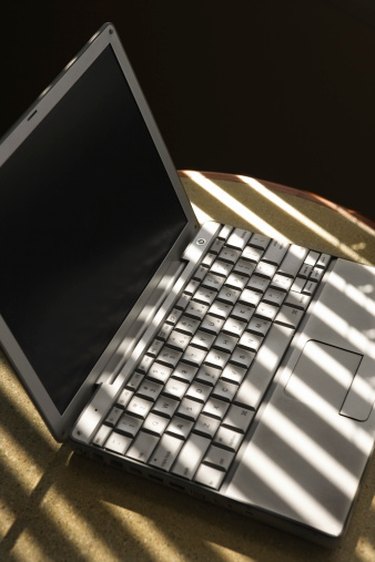
Computers come in many forms, from the traditional desktop PC to portable devices such as laptops, tablets and even smartphones. However, a number of basic elements are generally found within most computing devices used by ordinary people. There are many additional types of computer used only within certain specialized contexts such as supercomputers and servers. The basic principles of how a computer operates are generally the same whatever its purpose is.
Operating System
Video of the Day
The operating system on a computer is what bridges the gap between the hardware and the user. Common operating systems include Windows, Mac OS and Linux, all of which are available in varying forms. The operating system in a computer communicates with and controls hardware elements including the hard disk, memory, processor, input and output devices. At the opposite end, the operating system presents an interface allowing users to control the computer.
Video of the Day
Applications
Most computers have a number of applications installed on their operating systems. These can facilitate a very wide range of functions, including those for work, personal life and entertainment. For office and organizational use, programs such as Microsoft Office and Open Office include applications for word processing, spreadsheets and calendars. Graphic design and image editing software is also common, as are email clients and Web browsers for Internet access.
Input
Input devices on a computer vary depending on the type of computing device in question. For desktop and laptop PCs, input is typically provided through a keyboard and mouse. Most keyboards used in the West adopt a QWERTY layout for text input, as well as number pads and other function keys. A mouse may be provided as part of a laptop, in the form of a touch-pad just below the keyboard area. Alternatively a mouse may be a separate component which plugs into the computer and controls applications through movement and button clicks. Some smartphones and tablet PCs use touchscreen interfaces, in which the screen is used for both display and user interaction.
Output
Output devices in computers typically include visual and auditory elements. The main output component in a computer tends to be the monitor, which presents a graphical display to users. The monitor may be a separate element connected to the computer through cables, or may be part of the same hardware item as in a laptop or tablet PC. Audio output may be provided through built-in speakers which form part of the computer or monitor element. Alternatively, audio output can be captured through headphones plugged into an audio output port.
Networking
Computers are regularly networked together, allowing users to share data and applications. Within workplaces and organizations, it is common for computers to be linked via a network, providing access to shared programs and databases. The Internet is also a way in which computers are networked, connecting vast numbers of people around the world from domestic, public and work environments. Internet connections allow computers to access websites and use communication techniques such as emailing, instant messaging and social networking.
- Virginia Tech: Introduction to Operating Systems
- Science Daily: Application Software
- Wacona Elementary School: Input Devices
- Wacona Elementary School: Output Devices
- FunctionX: Computer Networking
- BBC: How Does The Web Work?
- Computer Hope: Operating systems
- BBC: Buying a Computer
- University of Southern Mississippi: Computer Basics
- CompTechDoc: Basic Computer Tutorial
- Bedford Public Library: Basic Computer Concepts